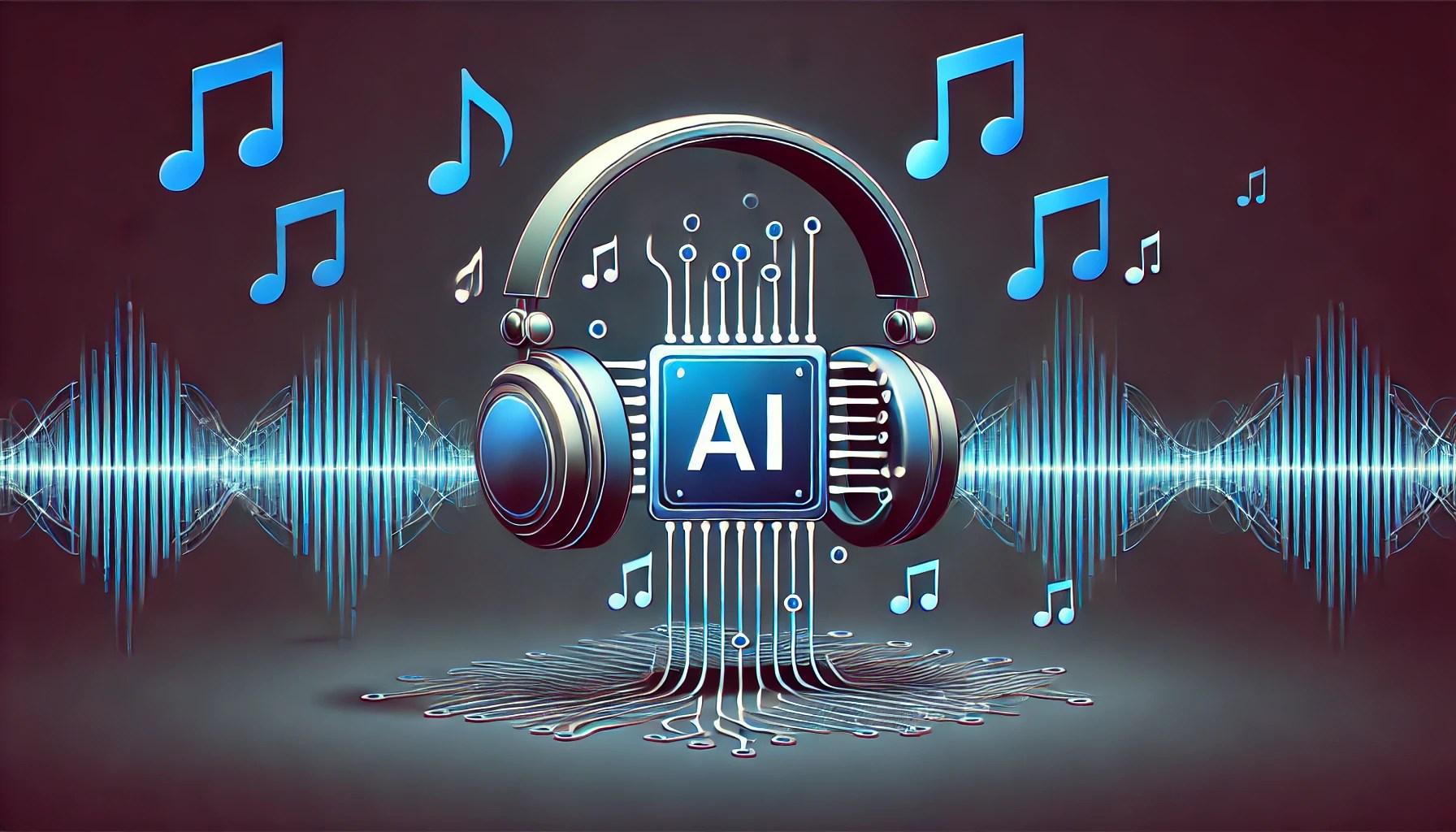OpenAI is reportedly developing a cutting-edge Ai Music Generator, a tool set to transform AI-assisted music creation. Designed to compete with platforms like Suno and Udio, this new development marks an exciting step forward in AI’s expansion into creative audio.
OpenAI’s Journey into AI Music
OpenAI has been experimenting with generative music since 2020, when it released Jukebox—a model capable of generating songs with vocals in the style of various artists. While innovative, Jukebox required heavy computing power and its output quality was limited. Today, technology has advanced significantly, and the new OpenAI music generator promises much more.
The upcoming model aims to produce high-fidelity audio from simple text prompts. For instance, a user could type, “upbeat pop song for a summer drive”, and the AI could generate a full track. Users may also provide audio prompts, such as a vocal line, and the AI would create matching instrumental backing.
A key aspect of this project is collaboration. OpenAI is working with Juilliard students, whose musical expertise helps train the AI. This ensures the music produced is sophisticated, nuanced, and expressive—blurring the line between human and machine-created music.
The Competitive Landscape: Suno and Udio
The AI music field is already competitive. Platforms like Suno and Udio can generate complete songs, including lyrics and vocals, from text prompts. They span multiple genres and are user-friendly, making music creation accessible to anyone.
Suno has gained rapid popularity for producing catchy, polished tracks, while Udio offers similarly strong generative capabilities. These platforms demonstrate AI’s creative potential and set a high bar for newcomers. OpenAI’s music generator will need to offer unique features and high-quality output to stand out.
Other tech giants, including Google with MusicLM, are also investing in AI music. The field is evolving quickly, with each new model pushing the boundaries of what’s possible.
Future Applications and Integrations
The new OpenAI music generator could integrate with other OpenAI products. For example, pairing it with Sora, OpenAI’s video generation tool, could allow users to create custom soundtracks instantly for their videos.
Integration with ChatGPT is another possibility. Imagine requesting a song in a conversation, and the AI composes and plays it immediately. This could enhance the interactivity of AI and empower creators across music, film, podcasting, and even small businesses producing jingles.
The tool could democratize music creation, lowering barriers for independent artists and content creators. However, copyright and licensing issues will be important considerations that OpenAI will need to address thoughtfully.
Technical Challenges
Training an AI music generator is complex. It requires massive datasets covering thousands of songs to learn melody, harmony, rhythm, instrumentation, and vocal styles.
The AI must also interpret text prompts accurately, translating subjective descriptions like “joyful” or “melancholic” into music. Maintaining musical cohesion and avoiding dissonance are key goals, which is why Juilliard’s input is so critical.
Performance speed is another challenge. Users expect fast generation, ideally in minutes, which enhances the overall experience.
The Future of Creative AI
The upcoming OpenAI music generator signals a shift in creative industries. AI is no longer just automating tasks; it’s becoming a creative partner. By collaborating with humans, AI can expand artistic possibilities and help create entirely new forms of art.
As AI continues to evolve, humans and machines will increasingly co-create, pushing the boundaries of creativity. The OpenAI music generator represents a significant step in this ongoing journey.
FAQs
1. What is the OpenAI music generator?
A new AI tool by OpenAI designed to create high-quality, original music from text or audio prompts.
2. Is this OpenAI’s first music model?
No. OpenAI previously released Jukebox in 2020, but the new generator is expected to be more advanced and produce higher-quality results.
3. Who are the main competitors?
Suno and Udio, platforms already known for generating full songs from prompts.
4. How might it be used?
It could integrate with OpenAI tools like Sora for video soundtracks or be used directly within ChatGPT for interactive music creation.
5. Why is Juilliard involved?
Juilliard students are helping train the AI to produce music with human-like expression and sophistication.
The official release is eagerly anticipated. With this new tool, OpenAI is set to redefine how music is created, making the future of sound more AI-powered than ever.



